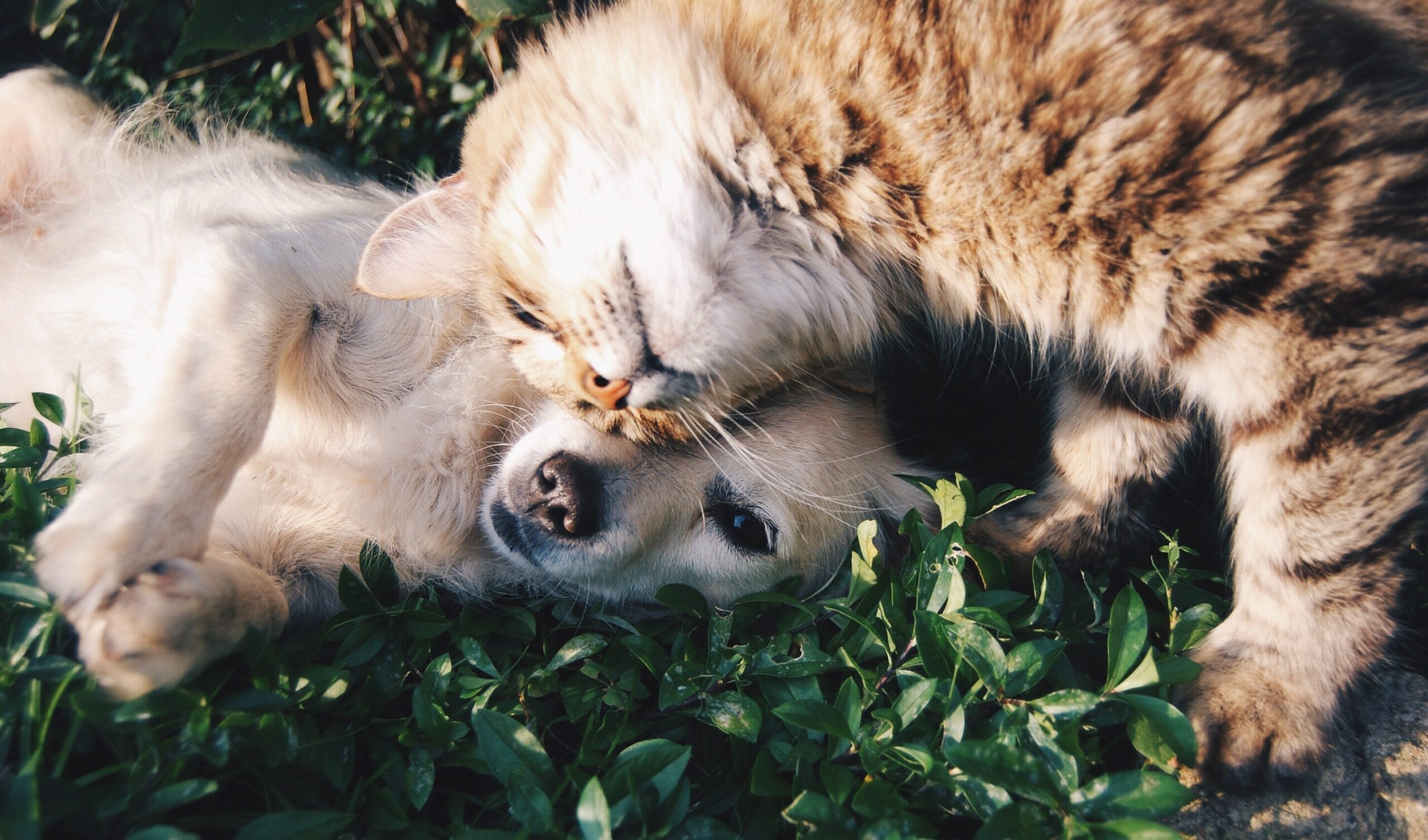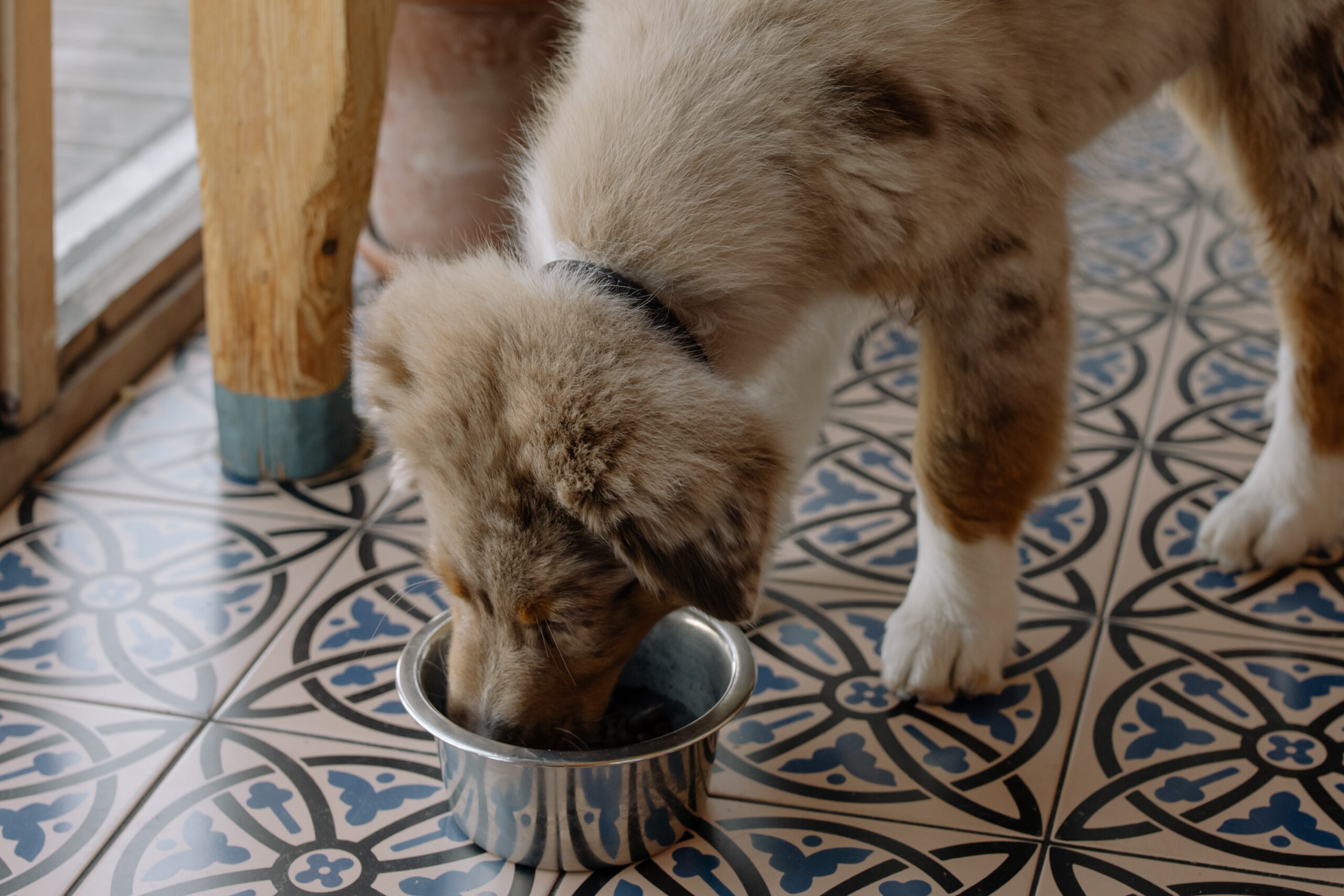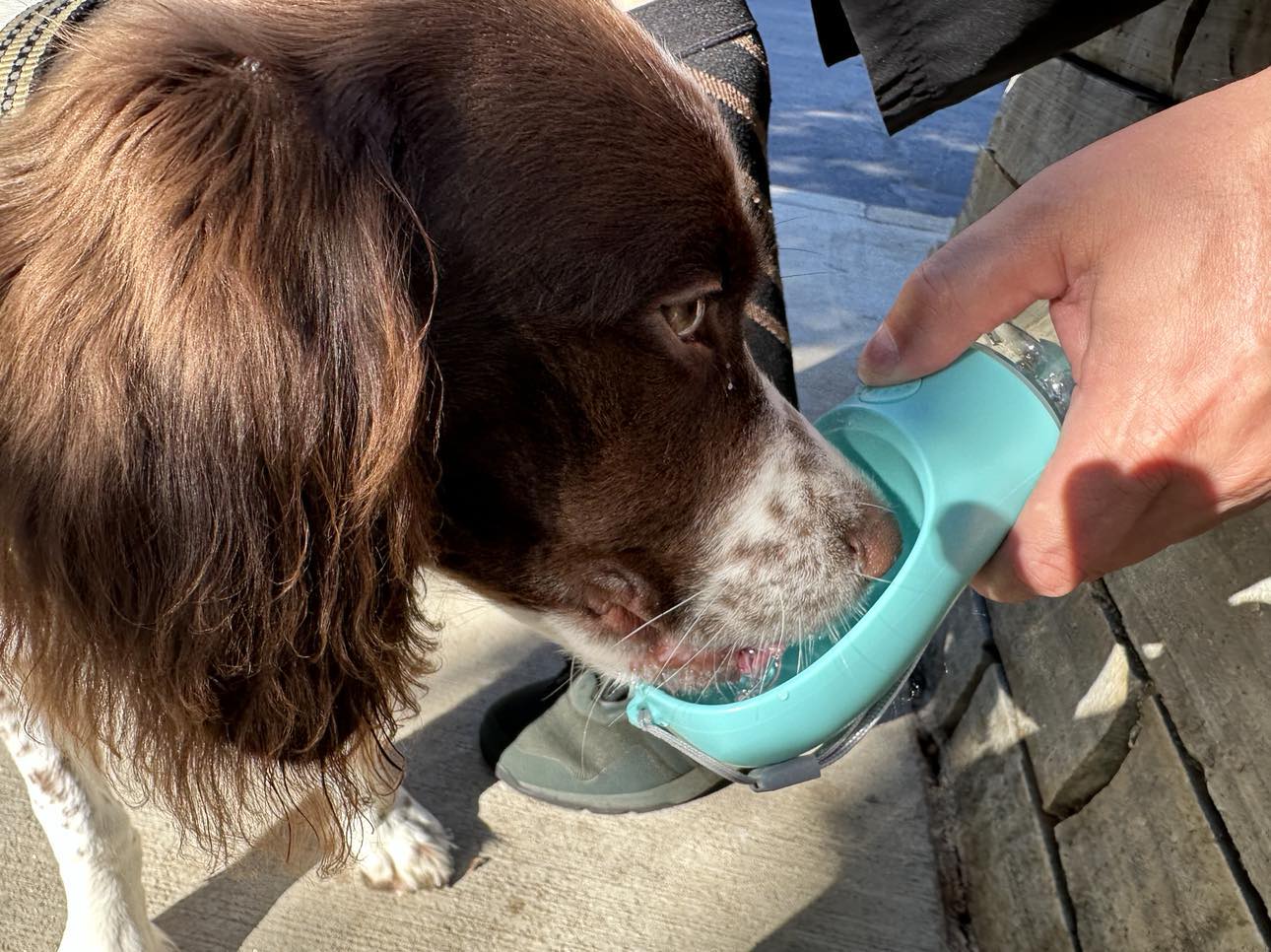Introduction
Welcoming a new pet into your household can be a delightful experience, filled with the promise of companionship and shared joy. However, when introducing a new cat to other household pets, creating a harmonious environment may require some patience, understanding, and strategic planning. Cats, in particular, have unique behaviors and instincts that can influence their interactions with other animals, making the process of integration both exciting and challenging.
Building positive relationships between your cat and other household pets is not only essential for their individual well-being but also for the overall harmony of your home. Successful interactions can foster a sense of companionship, reduce stress, and promote mental and physical health for all the animals involved. Whether you’re introducing a new cat to resident pets or hoping to improve the dynamics between existing furry friends, this guide will provide you with valuable insights and practical strategies to navigate the process with confidence.
In this outline, we will explore how to gradually introduce your cat to other pets, promote positive experiences, address any negative behaviors that may arise, and ultimately build strong bonds among all your furry companions. Remember, each animal is unique, and the process may take time. By prioritizing patience, understanding, and positive reinforcement, you can create a harmonious environment where your cat and other household pets can thrive together. So let’s embark on this journey of fostering meaningful connections and joyful interactions among your beloved pets.
Preparing for Introduction
Assessing your cat’s personality and past experiences with other pets
Before introducing your cat to other household pets, it’s crucial to understand your feline friend’s personality and past interactions with animals. Some cats may be more sociable and open to new experiences, while others might be more reserved or have had negative experiences with other pets in the past. By knowing your cat’s tendencies, you can tailor the introduction process to suit their individual needs.
Creating a safe and comfortable environment for all pets
A smooth introduction begins with providing a secure and inviting environment for all pets involved. Ensure each pet has their own designated space with access to food, water, litter boxes, and cozy resting spots. This separate space will not only reduce potential conflicts but also give them a sense of ownership and security.
Taking necessary health precautions
Prior to any introductions, it’s crucial to ensure that all pets are in good health. Schedule a visit to the veterinarian to confirm that your cat and other pets are up-to-date on vaccinations and parasite control. This step is vital to safeguard their well-being and prevent the spread of any potential illnesses.
Gradual Introduction
Abruptly thrusting pets into each other’s space can lead to stress and hostility. Instead, opt for a gradual introduction process, allowing each pet to become familiar with the other’s scent and presence before meeting face-to-face. Here’s how you can do it:
- Scent-swapping techniques: Exchange bedding or toys between pets, allowing them to get accustomed to each other’s scents. This practice helps create a positive association with the new scent, reducing the initial tension during future interactions.
- Initial separation: Keep your cat and other pets in separate areas of the house with limited visual access to one another. Use a baby gate or closed doors to provide a physical barrier while they get used to each other’s presence from a distance.
- Positive reinforcement: During the separation phase, reward each pet with treats, praise, and affection whenever they display calm and relaxed behavior. This helps build positive associations with the idea of sharing space with other animals.
- Supervised interactions: After a period of scent-swapping and separate living, begin supervised interactions in controlled environments. Keep each session short and gradually extend the duration as the pets become more comfortable with each other.
By taking the time to prepare your cat and other pets for the introduction process, you set the foundation for successful interactions. In the following sections, we will delve into promoting positive experiences, addressing negative behaviors, and building strong bonds among your furry companions.
Promoting Positive Experiences
Once your cat and other pets have become familiar with each other’s scents and have had some supervised interactions, it’s time to focus on promoting positive experiences that foster harmony and camaraderie among them.
Structured play sessions with all pets involved
Engaging in structured play sessions that involve all pets can be an excellent way to create positive associations. Use interactive toys, such as feather wands or puzzle feeders, to encourage play and collaboration between them. Not only does this build bonds, but it also helps dissipate any tension that may exist.
Rotating scents and toys between pets
Continue rotating bedding and toys between your cat and other pets to reinforce the idea of shared ownership. This practice can enhance their understanding that each pet is a part of their social group and help them feel more comfortable around one another.
Utilizing interactive feeding methods
Feeding time can be a sensitive moment for pets, especially when they are sharing the space with other animals. Consider using interactive feeding methods, such as puzzle feeders or scatter feeding, to provide mental stimulation while preventing any competition or aggressive behaviors during meals.
Group training sessions
Conducting training sessions as a group can strengthen the bond between pets and their owners while encouraging cooperation among them. Use positive reinforcement techniques to reward desired behaviors and create a positive training experience for all pets.
Addressing Negative Behaviors
Despite your best efforts, conflicts may still arise between your cat and other pets. It’s essential to address negative behaviors promptly and effectively to prevent them from escalating. Here’s how to handle such situations:
Recognizing signs of stress or aggression
Familiarize yourself with signs of stress or aggression in both cats and other pets. These may include hissing, growling, raised fur, flattened ears, or aggressive body postures. If you observe any of these behaviors, it’s crucial to intervene and separate the pets.
Implementing behavior modification techniques
Work with a certified animal behaviorist or trainer to implement behavior modification techniques tailored to the specific issues observed. This may involve desensitization, counter-conditioning, or other positive reinforcement methods to address the root cause of the conflicts.
Seeking professional guidance
If the negative behaviors persist or escalate despite your efforts, don’t hesitate to seek professional help. A qualified animal behaviorist can provide personalized guidance and training plans to resolve any complex issues and ensure the safety and well-being of all pets involved.
Gradual Increase in Supervised Interaction
As your cat and other pets become more comfortable with each other, you can gradually increase the time and frequency of supervised interactions. Pay close attention to their body language and reactions during these encounters to ensure that they remain positive and stress-free.
Allowing controlled face-to-face interactions
Once your cat and other pets seem relaxed and show minimal signs of aggression or fear during supervised interactions, you can allow them to interact face-to-face. However, ensure that the sessions remain short and always end on a positive note.
Providing safe spaces
Each pet should have a designated safe space they can retreat to if they feel overwhelmed or need a break. This ensures that they always have an escape route, reducing potential conflicts and helping them regain a sense of security.
Rewarding positive behaviors
Continue to reinforce positive behaviors with praise, treats, or affection during and after supervised interactions. This reinforces the idea that being around other pets leads to positive experiences.
In the next sections of this guide, we will explore ways to build strong bonds between your cat and other pets, maintain a peaceful environment, and address any challenges that may arise in the integration process. Remember, patience and positive reinforcement are key to building a harmonious relationship among your beloved furry friends.
Building Strong Bonds
Creating strong bonds between your cat and other household pets is a crucial step in fostering long-lasting and harmonious relationships. Building positive associations and providing opportunities for shared experiences will strengthen their connection and improve their overall well-being.
Encouraging grooming and play behavior between pets
Grooming and play behavior are natural ways for pets to interact and bond. Encourage positive grooming interactions, especially among cats, as it fosters a sense of trust and companionship. Additionally, engage in play sessions that involve multiple pets, allowing them to enjoy each other’s company while having fun.
Group training sessions
Continue group training sessions, reinforcing obedience and cooperation among all pets. These training sessions not only strengthen their bond with you as their owner but also enhance their socialization skills and promote a sense of teamwork.
Positive reinforcement for positive interactions
Consistently use positive reinforcement to reward any positive interactions between your cat and other pets. Whether it’s a shared nap, gentle play, or relaxed coexistence, praising and rewarding such behaviors will encourage more of these harmonious moments.
Time and Patience
It’s important to remember that building strong bonds and positive interactions between your cat and other pets will require time and patience. Each animal has its unique personality and past experiences that influence their behavior. Celebrate even the smallest progress and be prepared for setbacks along the way.
Recognizing progress
Acknowledge and celebrate every step forward in the integration process. Whether it’s a peaceful coexistence or a brief play session, these incremental improvements signify that your pets are making progress toward harmonious relationships.
Being patient
Avoid rushing the integration process and be patient with your pets. Allow them to set the pace and take breaks whenever necessary. Forcing interactions can lead to stress and setbacks, so it’s essential to be mindful of their comfort levels.
Celebrating small victories
Celebrate each successful interaction and use them as a foundation for further progress. The more positive experiences they share, the stronger their bond will become.
Addressing Challenges
Despite your best efforts, challenges may still arise during the integration process. Addressing these challenges promptly and effectively will help maintain a positive environment and promote the development of healthy relationships among your pets.
Identifying potential obstacles
Pay attention to any triggers or situations that may cause tension between your cat and other pets. Identifying potential obstacles allows you to take preemptive measures to prevent conflicts.
Working through challenges
Consult with a certified animal behaviorist or veterinarian if you encounter specific challenges that you’re unsure how to address. Professional guidance can be invaluable in resolving issues and ensuring the well-being of all pets involved.
Maintaining a Peaceful Environment
Once your pets have developed positive interactions and strong bonds, it’s crucial to maintain a peaceful environment to nurture these relationships in the long term.
Individual attention and enrichment
Continue providing individual attention, playtime, and enrichment activities for each pet to prevent jealousy and ensure they feel valued and loved.
Avoiding favoritism
Treat each pet fairly and avoid showing favoritism. Distribute treats, affection, and playtime equally to reinforce a sense of equality and reduce the likelihood of competition or jealousy.
Regular reassessment
Periodically reassess the dynamics among your pets to identify any emerging issues or changes in behavior. Being proactive in addressing potential challenges will help maintain a harmonious environment.
In conclusion, successfully integrating your cat with other household pets is a rewarding process that requires time, patience, and dedication. By following these strategies and embracing positive reinforcement, you can build strong bonds, promote positive interactions, and create a peaceful and loving environment where all your pets can thrive together as one happy furry family.
Supporting Continued Harmony
As your cat and other household pets continue to coexist harmoniously, supporting their ongoing relationships and ensuring a positive environment becomes essential. Maintaining a sense of peace and cooperation among your furry companions will strengthen their bonds and create a happy and contented household.
Continuing positive interactions
Continue to facilitate positive interactions between your pets regularly. Engage them in group play sessions, provide interactive toys, and create opportunities for shared experiences to reinforce their bond.
Monitoring body language and reactions
Stay vigilant and attentive to your pets’ body language and reactions during interactions. Understanding their cues will help you identify any signs of stress or discomfort, allowing you to intervene and provide a sense of security if needed.
Preventing resource guarding
Resource guarding (such as food, toys, or resting spots) can lead to tension between pets. Ensure each pet has their designated resources, and avoid situations that may trigger possessive behaviors. Consistently reward positive sharing behaviors to reinforce a cooperative atmosphere.
Handling conflicts calmly
In the event of minor conflicts between your pets, avoid yelling or punishing them. Instead, remain calm and separate them if necessary. Focus on diffusing the situation and promoting positive interactions once they have both calmed down.
Celebrating Milestones
Take time to celebrate significant milestones achieved in the integration process. Whether it’s a particularly successful play session, a peaceful coexistence moment, or a newfound friendship, acknowledging and celebrating these milestones will encourage further positive behavior.
Rewarding progress
Continue to use positive reinforcement to reward progress and good behavior. Use treats, praise, and affection to reinforce their positive interactions, creating positive associations with each other’s company.
Documenting successes
Keeping a journal or taking photos of moments of harmony and camaraderie between your pets can be heartwarming and uplifting. These memories serve as a reminder of the progress made and the strong bonds formed over time.
Embracing Individuality
While building strong relationships between your cat and other pets is essential, it’s equally important to embrace and respect each pet’s individuality. Allow them to have their unique personalities and preferences, which contribute to the diversity and charm of your household.
Allowing alone time
Just like humans, pets also need some alone time to recharge and relax. Respect their need for solitude and provide them with a quiet space to retreat to when desired.
Quality one-on-one time
Continue to provide each pet with individual attention and affection. Quality one-on-one time with you will strengthen your bond and reassure them of your love and care.
Seeking Professional Help if Needed
In some cases, despite your best efforts, pets may encounter persistent challenges in getting along with each other. If conflicts or negative behaviors persist, don’t hesitate to seek professional help from a certified animal behaviorist. These experts can offer tailored solutions and guidance to address any underlying issues and support successful integration.
Conclusion
Building positive interactions and strong bonds among your cat and other household pets is a fulfilling journey that requires patience, understanding, and commitment. By gradually introducing them, promoting positive experiences, addressing challenges with patience, and embracing individuality, you can create a harmonious and loving environment for your beloved furry companions. With continued support, positive reinforcement, and a watchful eye on their interactions, your pets will thrive together, bringing joy and happiness to your home for years to come.










